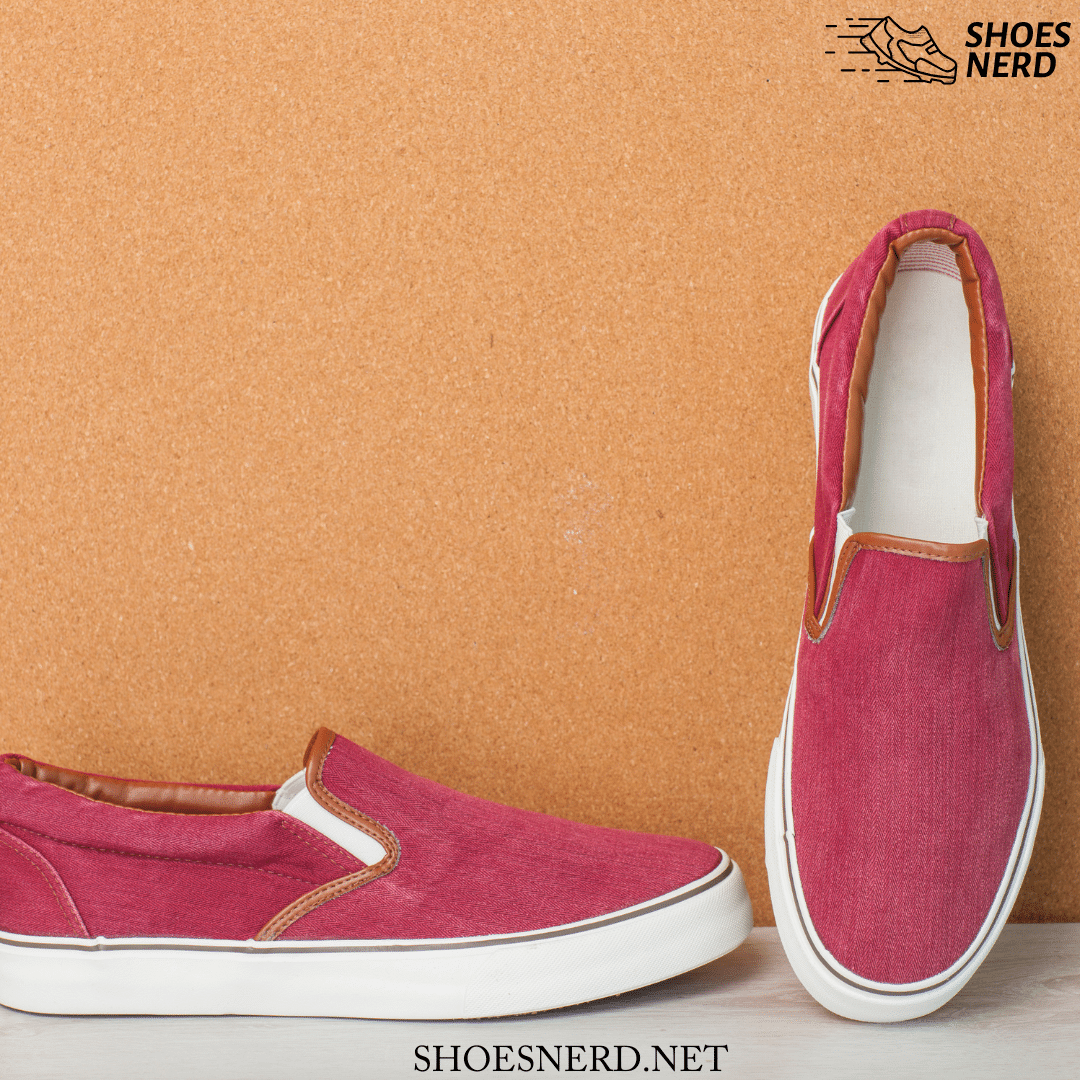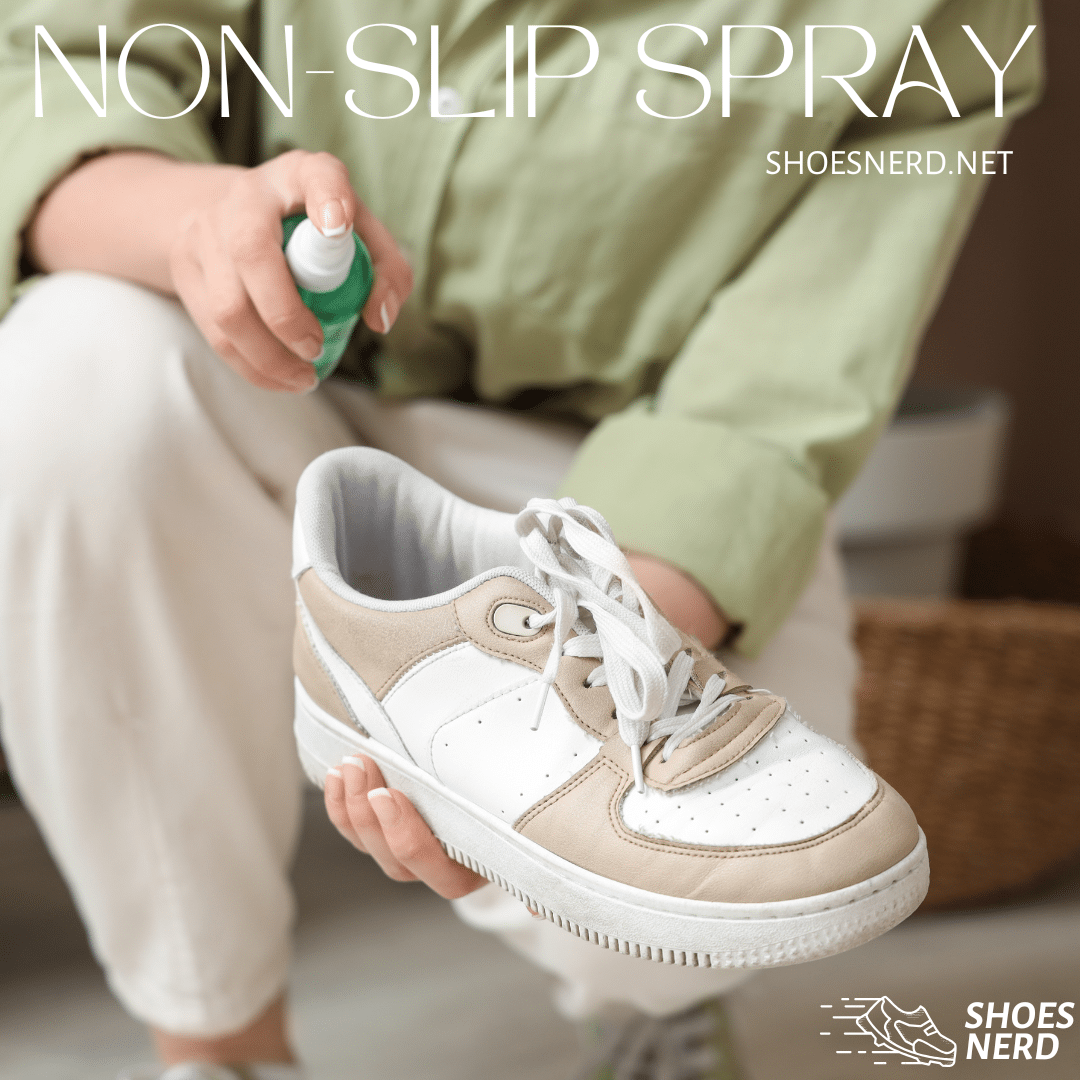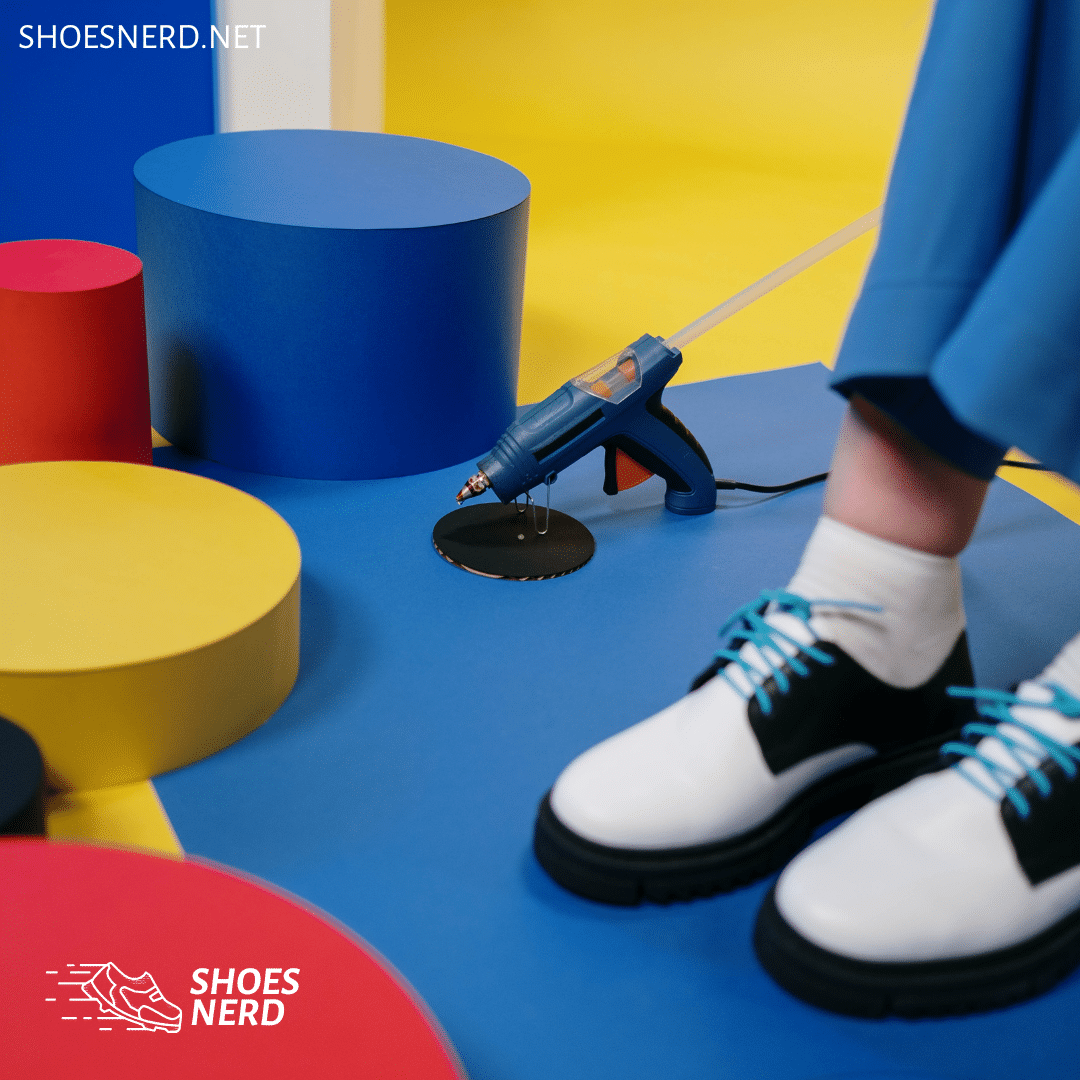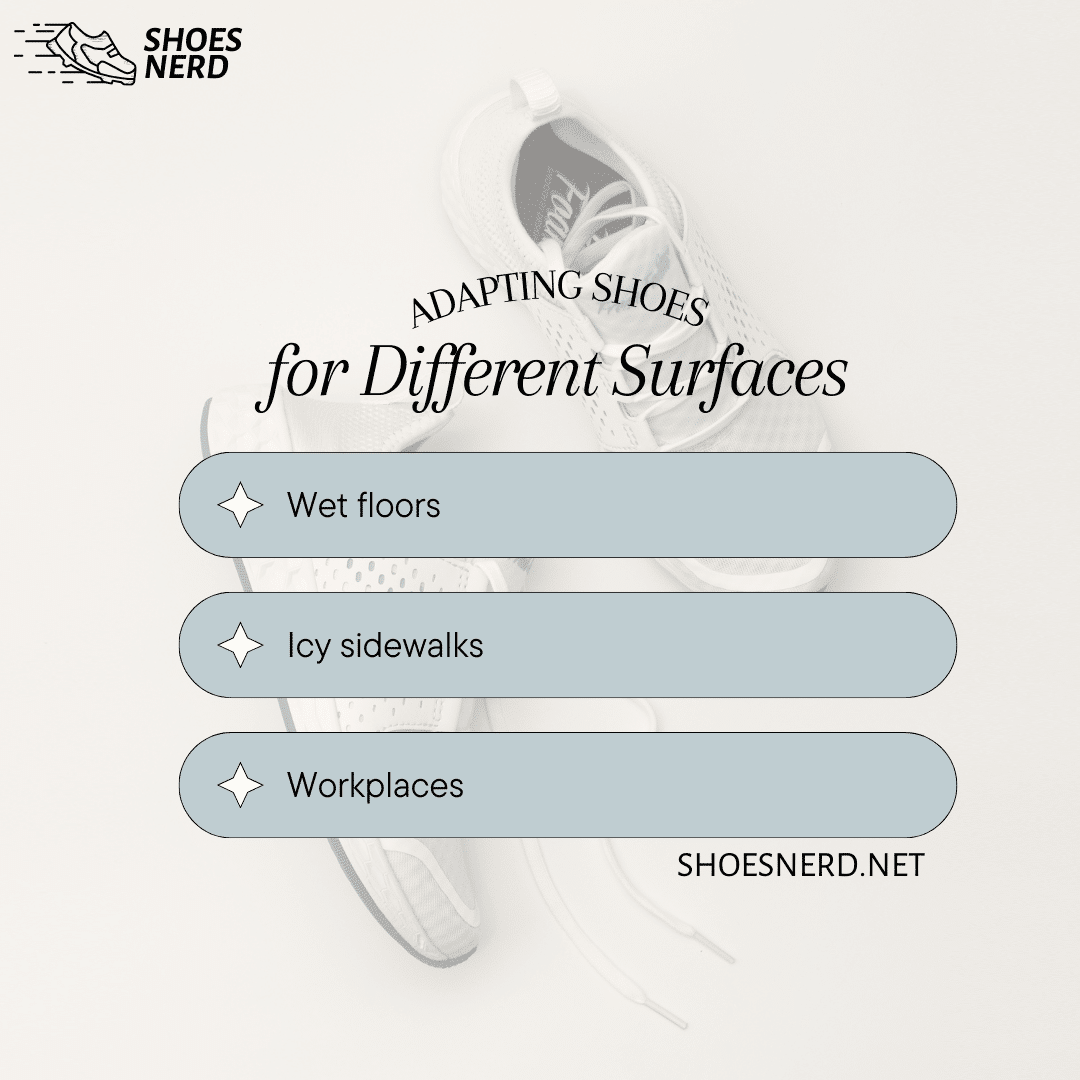Table of Contents
“Ever wondered why your favorite shoes can’t keep up on slippery surfaces?” Whether it’s a slick restaurant floor, icy sidewalks, or wet tiles, navigating these surfaces can be both challenging and dangerous. The good news? You don’t have to toss your beloved footwear just yet! Making your shoes non-slip is easier than you think, with simple techniques and practical hacks that can save the day. In this guide, we’ll explore essential tips to boost traction, enhance grip, and keep you steady on your feet. Let’s dive into the steps that turn any shoe into a reliable, slip-resistant companion.

Understanding Why Non-Slip Shoes Matter
Before diving into the tips, let’s consider why making shoes non-slip is essential. Slippery footwear increases the risk of falls, which can lead to injuries. By improving grip and traction, non-slip shoes provide stability and confidence in various settings.
Use Traction Pads or Non-Slip Stickers
If you need a quick fix for slippery shoes, traction pads are an excellent solution.
Why they work:
- Traction pads are made from rubber or silicone, which enhances grip.
- They’re easy to apply and affordable.
How to use them:
- Clean the soles of your shoes thoroughly to remove any dirt or grease.
- Peel off the adhesive backing and press the pads onto the soles.
- These pads are widely available and come in various shapes to fit different shoe sizes.
Scuff the Soles for Better Grip
If your shoes have smooth soles, they’re more likely to slip. Adding texture can significantly improve traction.
How to scuff your soles:
- Rub the soles against rough surfaces like concrete or sandpaper.
- Use a nail file to create small grooves in the sole.
This method is especially effective for new shoes with overly polished bottoms.
Apply a Non-Slip Spray

Looking for a hassle-free option? A non-slip spray can provide an invisible layer of traction.
Why choose this method:
- It’s simple and quick to use.
- Works well on a variety of shoe materials, including leather and rubber.
Application tips:
- Clean the soles and let them dry.
- Spray evenly and allow the product to set before wearing the shoes.
Transitioning from slippery to secure has never been easier with this solution.
Try Rubber Glue and Salt
This DIY trick combines common household items to enhance grip.
Steps to follow:
- Apply a thin layer of rubber glue to the soles.
- Sprinkle coarse salt or sand over the glue while it’s still wet.
- Let it dry completely before wearing.
The gritty texture created by the salt or sand helps prevent slips on smooth surfaces.
Use Hot Glue for Custom Grip Patterns

Adding hot glue to the soles allows you to create custom traction patterns.
Why this method works:
- Hot glue hardens into a textured surface that provides grip.
- You can tailor the pattern to areas of the sole that need the most traction.
How to apply:
- Heat a hot glue gun and carefully draw zigzags, dots, or lines on the sole.
- Let the glue dry completely before using the shoes.
This technique is inexpensive and lets you experiment with designs for maximum effectiveness.
Replace Old Soles with Non-Slip Ones
When all else fails, replacing the soles might be the most effective solution.
Benefits of new soles:
- Professional cobblers can fit high-quality, non-slip materials.
- Extends the life of your favorite shoes.
Investing in professional help ensures a long-lasting and reliable fix.
Transition Your Shoes for Specific Environments

Not all surfaces are the same, and certain fixes work better in specific conditions.
- For wet floors: Opt for rubber-based traction aids like pads or sprays.
- For icy sidewalks: Attach ice grips or crampons for extra stability.
- For workplaces: Ensure compliance with safety regulations by using approved non-slip products.
- Understanding your environment helps you choose the best non-slip solution.
Maintain Your Shoes for Long-Lasting Grip
Transitioning to non-slip shoes is just the first step; maintaining them is equally important.
Tips for upkeep:
- Regularly clean the soles to prevent buildup of dirt and grease.
- Reapply sprays, pads, or glue as needed.
- Inspect the soles for wear and tear and replace them if necessary.
Consistent maintenance ensures your shoes remain effective over time.
Conclusion
Making your shoes non-slip is a practical and rewarding effort that enhances safety in your daily life. Whether you choose traction pads, non-slip sprays, or DIY solutions like rubber glue and salt, each method offers unique benefits. Don’t forget to tailor your approach to your specific environment and maintain your shoes regularly to ensure lasting effectiveness. With these essential tips, you can step out confidently, no matter where your journey takes you.


